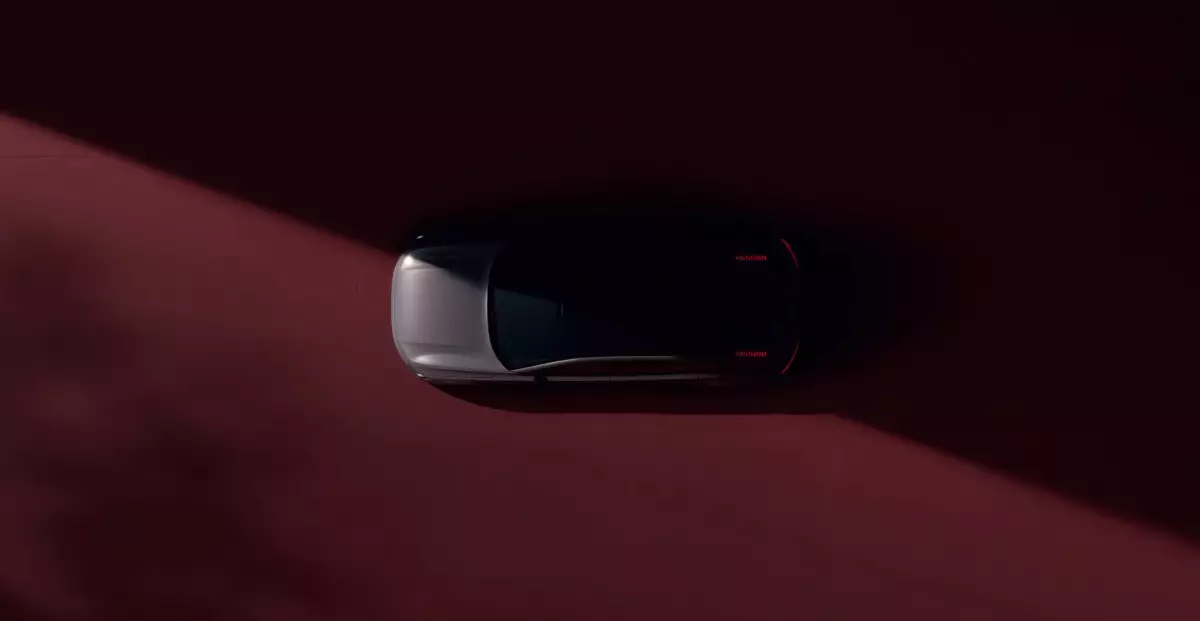Volvo has officially announced its latest endeavor in the electric vehicle (EV) landscape with the introduction of the ES90 midsized luxury sedan. This announcement represents a significant step forward for the well-respected automaker, which has established a reputation for safety and sustainability but is now aiming to solidify its position at the forefront of automotive technology. Central to this ambitious plan is Volvo’s innovative Superset tech stack, which combines various modules and functionalities to pave the way for a new generation of vehicles.
What truly sets the ES90 apart from its predecessors is the integration of cutting-edge computing capabilities. Volvo is making bold claims about the vehicle’s performance, highlighting a dual Nvidia Drive AGX Orin configuration that enhances its core computing capacities. This configuration is described as the most powerful ever created by Volvo, signifying a defining moment for both the brand and its technological aspirations. The Nissan chip boasts an astonishing capability to execute 508 trillion operations per second (TOPS), a statistic that reflects an era where vehicles are not merely modes of transport but intelligent systems capable of real-time data processing and decision-making.
The ability to process vast amounts of information at unprecedented speeds enables the ES90 to manage a diverse range of functionalities. These include AI-driven active safety features, enhanced vehicle sensors, and optimized battery management systems. With such advancements, Volvo is not just keeping pace with the competition but is innovating aspects that can dramatically improve the driving experience.
The integration of the Superset tech stack is a game-changer for Volvo’s engineering philosophy. Built on the new SPA2 architecture, this platform allows for modular design, meaning different functionalities can be upgraded independently or combined as needed. This strategy mirrors the trajectory taken by tech companies in various industries where modularity has led to innovation and increased efficiency.
It is particularly noteworthy that the Superset tech stack represents an evolution from existing systems, with significant improvements in processing power achieved over previous generations like the Nvidia Xavier chip. By enhancing how the vehicle’s systems communicate, Volvo seeks to refine its deep learning models to better align with real-world driving conditions, showcasing a dedication to progressive learning that may redefine automotive technology comprehensively.
One of the standout features accompanying the ES90 is the capacity for over-the-air (OTA) software updates. This technology revitalizes the relationship between the manufacturer and consumers, providing opportunities for ongoing enhancements and innovations in features post-purchase. Tesla pioneered this business model, whereby vehicles can improve over time, and now Volvo and other manufacturers are beginning to join the fray with their OTA capabilities.
Instead of being static entities, modern vehicles can adapt to new software features, evolving driving assist technologies, and even improvements in battery range—all from the comfort of the owner’s driveway. By ensuring that the improvements made for the EX90, Volvo’s previous electric SUV, carry over to the ES90, Volvo is fostering an ecosystem of growth where each vehicle benefits from progressive changes.
In a statement, Anders Bell, Volvo’s Chief Engineering and Technology Officer, emphasized the vision behind the ES90: “The Volvo ES90 is one of the most technically advanced cars on the market today and is designed to be improved further with time.” This forward-thinking philosophy embodies not just a vehicle but a commitment to innovation and evolving safety standards in the automotive sector.
As consumers increasingly demand more from their vehicles—safety, efficiency, and cutting-edge technology—the ES90 arrives as a response to these expectations. It encapsulates a narrative of transformation for Volvo; shifting from traditional automotive engineering to a model that embraces technological advancements, modular design, and ongoing consumer engagement. This could very well set a precedent for how vehicles will be engineered and interacted with in the years to come. With the ES90, Volvo appears to be steering into uncharted territory, promising a future driven by sophisticated tech while maintaining its core obligations to safety and sustainability.


Leave a Reply